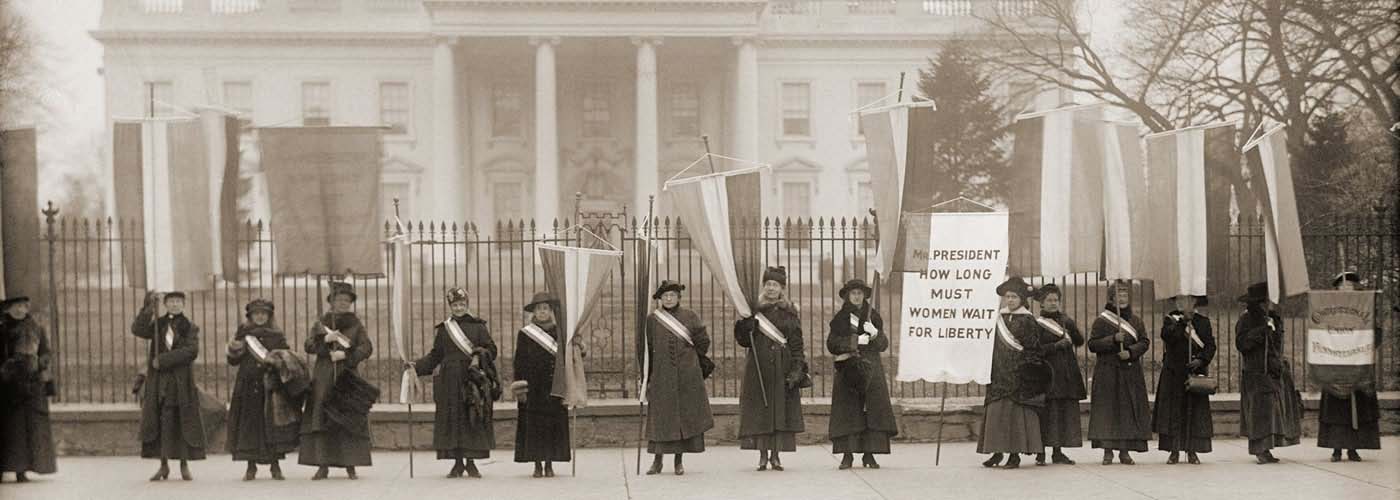Women’s History
Take a closer look at the history of women in the United States. For much of U.S. history, women were denied political and civil rights. Common law assumptions mandated that a married woman was under the tutelage of her husband. Single women had more freedoms, with rights to enter into contracts, sue, or be sued, but the law tended to view women as wives and mothers rather than as citizens, property owners, or wage earners.
Women’s rights activists began publicly agitating for change in 1848 when Elizabeth Cady Stanton and Lucretia Mott convened the Woman’s Rights Convention in Seneca Falls, New York. The passage of the 14th and 15th Amendments after the Civil War, which granted former slaves equal rights under the law and the right to vote, galvanized the movement, as women demanded rights granted to former slaves. Women finally gained the right to vote with the passage of the 19th Amendment in 1920. In 1923, Alice Paul proposed the Equal Rights Amendment that would end legal distinctions between men and women in terms of divorce, property, employment, and other matters. Though the amendment passed in Congress in 1972, it failed to get the necessary ratification at the state level.
Women were not a significant part of the workforce until World War II (1939–1945), when they assumed the jobs left by men serving in the military overseas. The economic and social power they gained during this time brought about the feminist movement, which drew inspiration from the civil rights movement of the 1960s. Women demanded reforms on such issues as reproductive rights, domestic violence, maternity leave, equal pay, sexual harassment, and sexual violence. One of the most significant victories of the feminist movement was the landmark Supreme Court case Roe v. Wade (1973), which legalized abortion.
The issue of women’s reproductive rights would continue to be hotly contested into the 21st century. Another important wave of activism in the 21st century was the #MeToo movement, which, beginning in 2017, aimed to reveal the prevalence of sexual assault and harassment against women.

